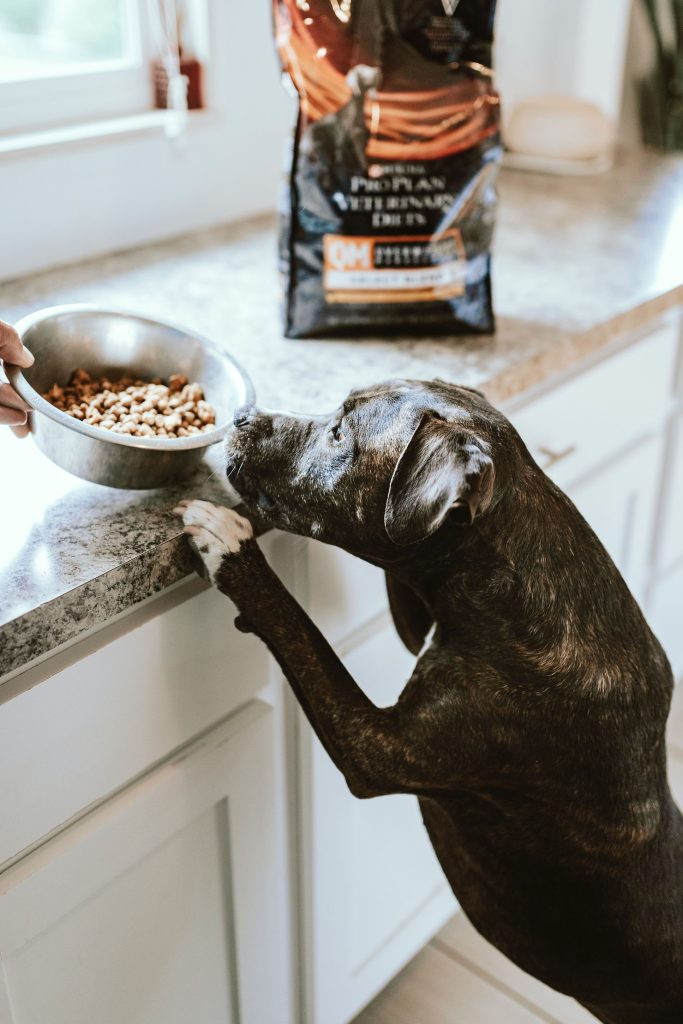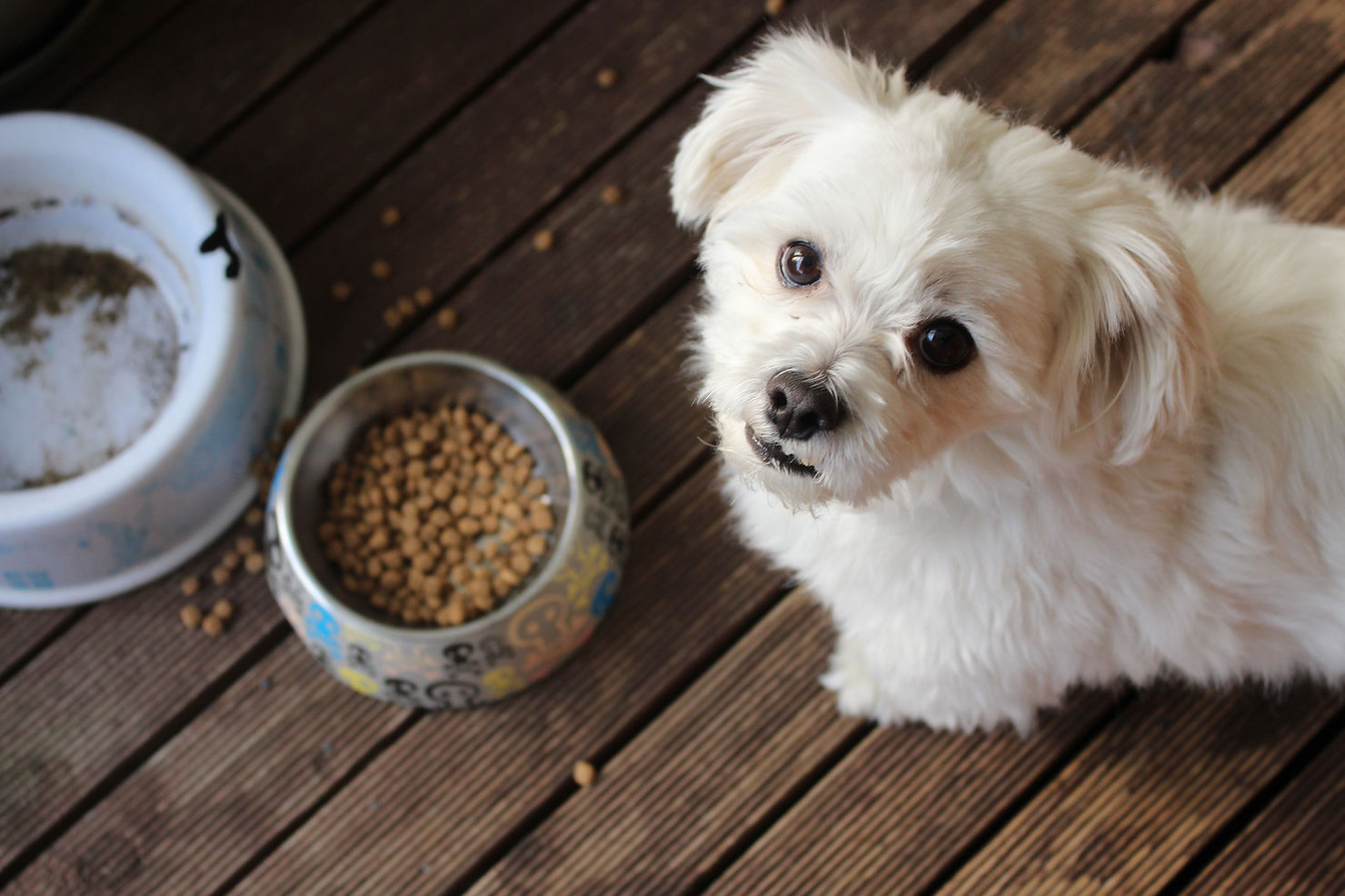Introduction: Once Trendy, Now Troubled?
Grain-free dog food surged in popularity over the last decade, championed by boutique brands and health-conscious pet owners. Promoted as more “natural” and ideal for pets with food sensitivities, grain-free kibble seemed like the obvious upgrade from traditional corn- or rice-based diets.
But starting in 2018, the FDA issued a warning: a possible link between grain-free diets and canine dilated cardiomyopathy (DCM)—a serious and potentially fatal heart condition. What followed was a whirlwind of confusion, fear, denial, reformulation, and scientific debate.
So where do we stand in 2025? Is grain-free good, bad, or misunderstood? Let’s dive into the facts, myths, and modern guidance for pet owners.
1. What Is Grain-Free Pet Food?
Grain-free diets are dry or canned pet foods that replace grains (like rice, wheat, corn) with legumes (peas, lentils), potatoes, or chickpeas as primary carbohydrates.
Grains are often replaced to:
- Avoid food allergens (though grain allergies are rare)
- Appeal to human diet trends (e.g., paleo, gluten-free)
- Market the food as more “natural”
However, grains are not inherently bad—many are digestible, nutrient-rich, and safe for pets.
2. The FDA Investigation and the DCM Scare
In 2018, the U.S. Food and Drug Administration (FDA) began investigating a spike in reports of DCM in breeds not typically predisposed—like Golden Retrievers and Labradors.
Findings:
- Most affected dogs were eating grain-free diets
- Peas, lentils, and potatoes were frequently listed in the top 10 ingredients
- Taurine deficiency was sometimes—but not always—a factor
While the FDA has not definitively banned grain-free diets, the warnings caused:
- Major veterinary organizations to speak out
- Pet food companies to revise formulations
- A shift in consumer trust
3. What Is Dilated Cardiomyopathy (DCM)?
DCM is a condition where the heart becomes enlarged and weakened, reducing its ability to pump blood. It can lead to:
- Lethargy and weakness
- Collapse or fainting
- Congestive heart failure
- Sudden death
While genetic in some breeds (Dobermans, Boxers), the increase in non-genetic cases prompted concern about dietary causes.
4. Are All Grain-Free Foods Dangerous?
Not necessarily. The issue appears to lie not with the absence of grain, but with what replaced it and how those ingredients were used.
Concerns include:
- Excessive use of legumes (pea-heavy formulas)
- Lack of diversity in protein and carb sources
- Over-reliance on exotic meats with limited nutritional research
Balanced, research-backed grain-free foods may still be safe—but consumer vigilance is key.
5. What Do Veterinarians Recommend Now?
The veterinary consensus in 2025:
- Avoid grain-free diets unless recommended for medical reasons
- Favor brands with clinical feeding trials and board-certified veterinary nutritionists
- Choose diets that meet AAFCO standards and disclose ingredient sourcing
If you must feed grain-free:
- Choose formulas that include taurine
- Avoid formulas with peas or lentils as the top 2–3 ingredients
- Rotate with grain-inclusive foods when possible

5. What Do Veterinarians Recommend Now?
The veterinary consensus in 2025:
- Avoid grain-free diets unless recommended for medical reasons
- Favor brands with clinical feeding trials and board-certified veterinary nutritionists
- Choose diets that meet AAFCO standards and disclose ingredient sourcing
If you must feed grain-free:
- Choose formulas that include taurine
- Avoid formulas with peas or lentils as the top 2–3 ingredients
- Rotate with grain-inclusive foods when possible
6. What Have Pet Food Brands Done Since?
Many brands formerly known for grain-free formulas have taken these actions:
- Reformulated recipes to include grains
- Added taurine and L-carnitine
- Reduced legume content or swapped for ancient grains like millet and quinoa
Examples:
- Orijen and Acana: Added grain-inclusive lines
- Taste of the Wild: Reduced pea content and increased transparency
- Zignature: Provided taurine supplementation guidance
7. How Can You Read a Label for Safety?
Don’t just look for “grain-free” on the bag. Instead:
- Examine the first 5 ingredients: Are they heavily legume-based?
- Look for complete and balanced language on the label
- Choose brands with feeding trials over just “formulated to meet AAFCO”
- Research whether the company employs vet nutritionists
8. Are Grains Really Bad?
Not at all. Despite bad PR, grains like brown rice, barley, oats, and corn offer:
- Digestible energy
- Fiber for gut health
- Essential nutrients (B vitamins, selenium)
Unless your dog has a medically diagnosed grain allergy (rare!), grains are typically harmless and may be beneficial.
9. The Rise of Ancient Grains
In response to the DCM scare, some brands have begun marketing “ancient grain” lines. These use:
- Millet
- Sorghum
- Quinoa
- Amaranth
These grains are less processed, rich in nutrients, and appealing to health-conscious buyers.
Still, quality and balance are more important than novelty.
Conclusion: Grain-Free Isn’t One-Size-Fits-All
Grain-free diets are not universally harmful—but they’re not automatically better, either. For most dogs, grain-inclusive kibble from a reputable brand remains the safest choice.
Always:
- Consult your veterinarian
- Prioritize science-backed brands
- Avoid fads driven by marketing
And remember—your dog’s long-term health depends more on balanced nutrition than trendy buzzwords.
Keywords included: grain-free dog food, DCM dog food FDA, taurine in dog food, peas and lentils in pet food, is grain-free safe, ancient grains pet food, dog food label guide, best dog food for heart health
Next Up: Are By-Products in Pet Food Bad? A Closer Look at What’s Really Inside the Bag
About Transcon Pet Movers
At Transcon Pet, we’re more than just relocation experts—we’re animal people. Our team specializes in U.S. customs clearance for pet imports at every major airport, and we operate full-service offices in San Francisco, Los Angeles, Las Vegas, and New York.
We are proud to be California’s largest and most reputable pet travel company, offering:
- Professional handling of all pet export documentation and veterinary certificates
- Temporary boarding and personalized care
- Airport check-in and drop-off assistance
- Guidance on entry procedures and quarantine compliance for your destination country
Whether you’re moving your beloved pet internationally or arranging arrival in the U.S., we make the complex journey smooth, safe, and stress-free.
Contact us today to begin your pet’s international journey today.

